Are you unhappy or uncomfortable with the way your teeth look? Does having crooked teeth keep you from being confident, keep you from smiling, or freely talking to others? Having crooked, uneven, or misaligned teeth can lead many into shame or embarrassment whenever they open their mouth. However, embarrassment does not have to be what you face each time you smile. There are many procedures to help straighten teeth to perfection. One teeth-straightening process that has taken great strides to help many around the world, is Invisalign.
What is Invisalign?
Invisalign is a kind of orthodontic treatment that helps to straighten teeth without the use of braces. This procedure has grown in popularity for many reasons. Invisalign does not involve the discomfort of metal being placed in the mouth, nor does it involve the discomfort of having it in the mouth for the entirety of the braces process. Invisalign is clear, completely doing away with the unsightliness of metal braces. Some people also look at Invisalign as a popular option because the trays are easy to insert and remove. With this option, the road to a beautiful smile is made enjoyable and appealing.
What are You Unhappy With?
There are many things that bring unhappiness when it comes to your teeth. For some, misaligned teeth are just the beginning of a long dental battle. Having crooked teeth, which are seen in children and adults, bring many reasons as to why they grow in misaligned. Baby teeth have been known to grow in crooked because they are too small to fill the amount of gum space. However, having crooked teeth as a baby does not mean your child will grow to have permanent crooked teeth. If a baby has crowded teeth, however, there is a chance that their permanent teeth will be crowded as well. Many children also have misaligned teeth because of prolonged habits, like thumbsucking or the ongoing use of a pacifier. Other reasons for having misaligned teeth include:
● Heredity and Genetics – Many people with crooked teeth have inherited them from others in their family. This trait may be something that has always been in their genes, leaving many children with the strong possibility of having crooked teeth as well.
● Trauma – If a person encounters trauma to the mouth by being hit or tooth decay happens to make a tooth fall out or crack, the permanent teeth that follow may grow slanted.
● Jaw Size – Scientists have studied over the years, that our evolved jaw may be another reason why a person’s teeth grow in crowded or crooked.
● Malocclusion – This alignment problem can lead to serious health complications, causing an under-bite, overbite, or open bite. With these issues, the teeth are unable to perform vital functions.
● Poor Dental Care – Not having your teeth checked annually by a dental professional can not only lead to gum disease and cavities but also misaligned or crooked teeth.
● Poor Nutrition – Children can especially have poor nutrition, which can lead to tooth decay and poor dental development. These issues are potential precursors for teeth to grow in crookedly.
Gap Teeth – Another problem that some people encounter with unhappiness in their teeth, are gap teeth. This is a common reason for many to be unhappy with their smile. Also, referred to as spacing issues, gapped teeth refers to instances in which a person has extra space between at least one of two of their teeth. Diastema, a medical term for gapped teeth, applies to both small and large gaps. However, these spaces can be treated with veneers or bonding. Invisalign is also a popular treatment for filling gap teeth. Some of the reasons that people have gapped teeth include gum disease, thumb sucking, the use of a pacifier, having unusually small teeth or a large frenulum, tongue thrusting, and missing teeth. There are options to fix teeth that bring worry to those who wish for their teeth to look better. While many may look at braces and veneers as a suitable option, Invisalign is the more comfortable and reliable way to go.
In some cases, crooked teeth do not pose any health risk. Similarly, crooked teeth are not frowned upon by everyone. For many, the decision to seek methods of teeth straightening is a personal preference. Whether there is a lack of funds, health issues, or self-consciousness, that keep people from getting their teeth straightened, any decision made should be one that is right for you.
Why Choose Invisalign Over Other Teeth Straightening Options?
Over the years, dental care has come a long way from the earlier procedures that people would have to endure in order to have the perfect smile and aligned teeth they wanted. However, since the beginning years of old school dentistry, newer techniques have come along and brought a more satisfying and a less painful way of achieving successful dental care. Invisalign aligners have proven to be a good and painless way to have the perfect, straight and healthy teeth you’ve dreamed of. Although we have experience and evidence to back up our recommendation for Invisalign and its benefits, our team here at Rockefeller Cosmetic Dentistry believes it is important for our patients to know every option that is available to them. These options include:
● Lingual Braces – These braces are completely hidden behind the teeth and there are custom made brackets and wires that are attached to the back of each tooth. Lingual braces are uncomfortable with the requirement of a long transition period. Once the decision is made to get lingual braces, the patient can’t eat crunchy foods and may speak with a lisp. The tongue will also rub against the brackets and wires with the possibility of becoming irritated. Overall, adjusting to these braces can be a challenge.
○ Invisalign – Unlike lingual braces, Invisalign provides the patient with a custom fit. In addition, Invisalign can be taken out and put back in whenever a patient wants. There is less of a worry without the wires and brackets to hold it in. Lastly, there are no rules when it comes to what foods a patient can eat. Any food can be eaten once the Invisalign trays have been removed. Once the teeth are thoroughly brushed, the patient inserts the Invisalign right back in.
● Veneers and Lumineers – These thin and porcelain shells are applied to the surface of the teeth. Once the dentists apply the veneers, they will shave down and reshape the natural tooth in order to achieve a natural appearance. However, Lumineers are thin enough to where the natural tooth does not have to be shaved down to achieve having a perfect smile. If a decision is made between the two, it is important to know that neither one of these options will fix bite issues or severe misalignment issues, but they can help with small gaps and minor misalignment problems.
○ Invisalign – While veneers may involve the natural tooth being shaved down, this will never be a worry with Invisalign.
● Traditional Metal Braces – If a decision is made to get traditional braces, then the person receiving them will have stainless steel brackets attached to the teeth and metal wires connecting the brackets together. While having a mouth full of metal may not sound glamorous, metal braces are known to fix severe alignment issues and are usually the most inexpensive option to go with. However, they are very visible and can lead to irritating the mouth.
○ Invisalign – Using Invisalign does not involve using uncomfortable metal or brackets and it can be taken out and re-inserted at any time.
● Snap-On Smile – This removable appliance is snapped on top of the natural teeth, creating a flawless smile. This solution can be either temporary or permanent and is not as expensive or invasive as other straightening treatments. This device will be one that is custom fit for comfort, but sticky foods will have to be avoided and you may find that the first few weeks after getting them, may affect your speech. Using this device, however, does not fix the underlying issue, but it does provide an effective cover-up.
○ Invisalign – With Invisalign, worrying about how speech is affected will not be a problem and eating certain foods will not be a worry.
● Damon Braces – These braces include self-ligating brackets, using a slide mechanism instead of elastic bands to hold the wires in place. While they are less noticeable than traditional brackets, and the treatment time may be shorter, but this can also be a more expensive option.
○ Invisalign – Using this option does not require brackets or wires. There will also never be a worry about holding it in place.
● Short-Term Treatment- Also known as Six Month Smiles, this ideal option is for those who want the cosmetic straightening benefits, but are not in need of the complex bite corrections. Shorter treatment time and lower cost compared to other options would be why many choose this as a solution to fixing their teeth.
○ Invisalign – There is nothing cosmetic to worry about with Invisalign.
● Ceramic Braces – Less obvious than metal braces, making a decision to get ceramic braces means having more bulkiness than the traditional metal braces as well as paying more for them. Choosing this option for the perfect smile also means clear brackets that are tooth-colored.
○ Invisalign – Bulkiness or brackets and wiring is never a problem with Invisalign.
What to Expect at an Invisalign Consultation:
Once you decide to get your teeth straightened and choose Invisalign as the option, you will have to meet with your dentist to see if this is the right choice for you. With this consultation, your dentist will go through a process of helping to determine if you are the right candidate for Invisalign. This process includes:
● Asking Questions – During your consultation, your dental professional will ask questions about your medical history, dental history, if you breathe through your mouth, and if you grind your teeth. These questions are asked to help them understand your general oral health and orthodontics better.
● Photos – The dentist will proceed to take pictures of your face, mouth, and teeth as part of the consultation. There will be X-rays taken as well so that they can understand the tooth and facial structure. Examining the photos will also help them come up with a treatment plan. This will ensure that Invisalign will be able to meet your orthodontic needs.
● A Discussion about Invisalign – After your doctor has come up with a step-by-step treatment plan for you, they will cover everything you need to know about the Invisalign treatment, including daily mouth hygiene and the wearing of aligners. The dentist will answer any questions you may have about the treatment. Another topic that will be covered in this consultation is the price. Depending on the orthodontist, you may be able to discuss a payment plan with them. After the consultation, you will be given plenty of time to think about if you want to move forward with the treatment.
Finding the right plan to straighten your teeth may be a challenge once you begin your research. We understand. Our hope is that this blog helped to cut through the noise and come to know the most effective option when it comes to straightening your teeth and perfecting your smile. Once you choose Invisalign, you will quickly and inconspicuously be on your way to the smile of your dreams. Book your Invisalign consultation, today! Call (212)581-1091.

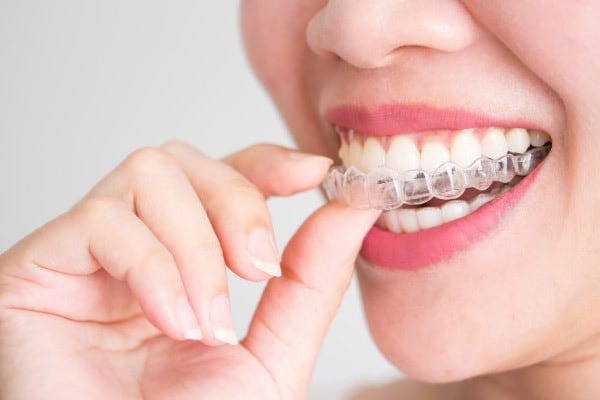
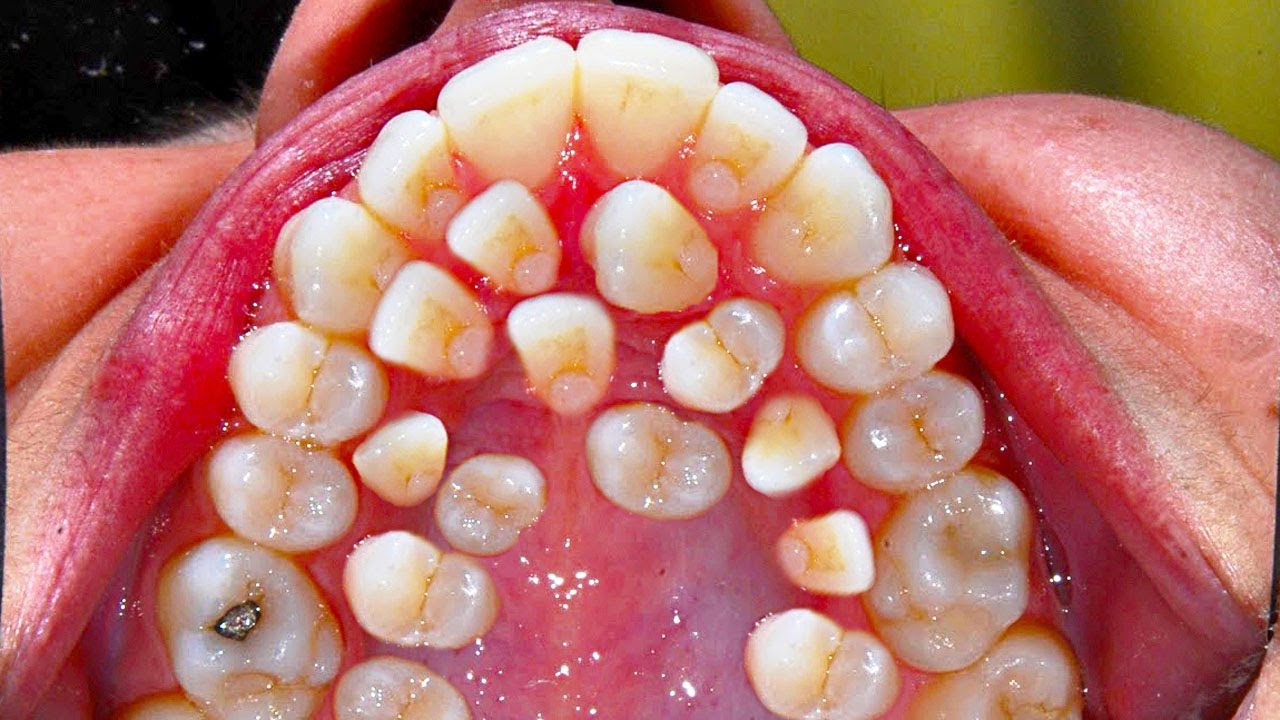
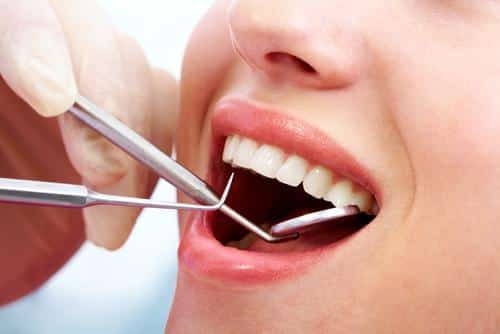
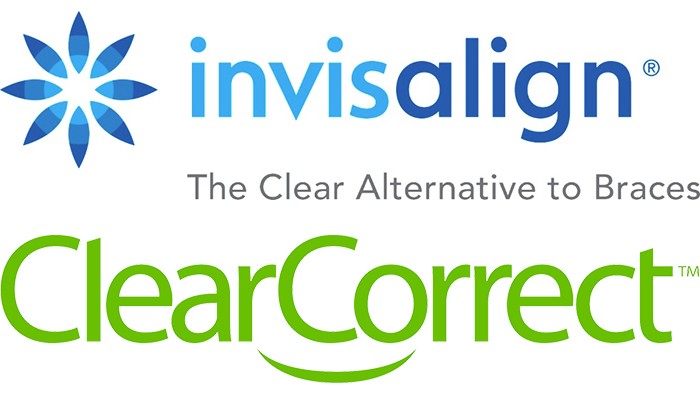
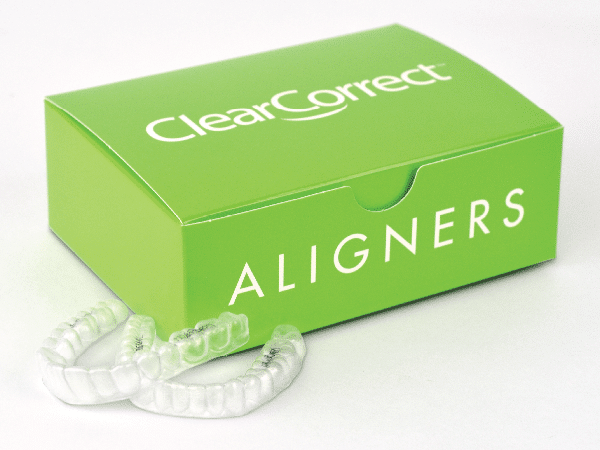
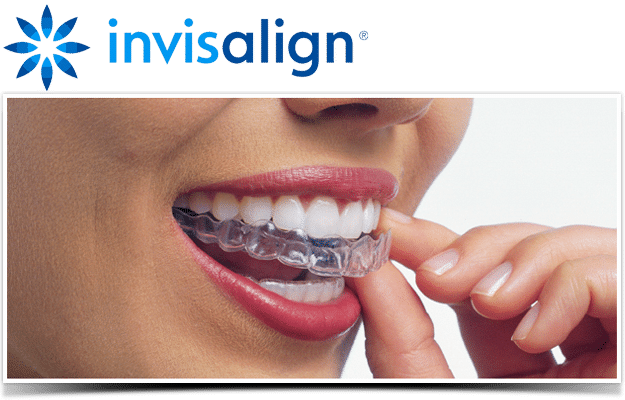
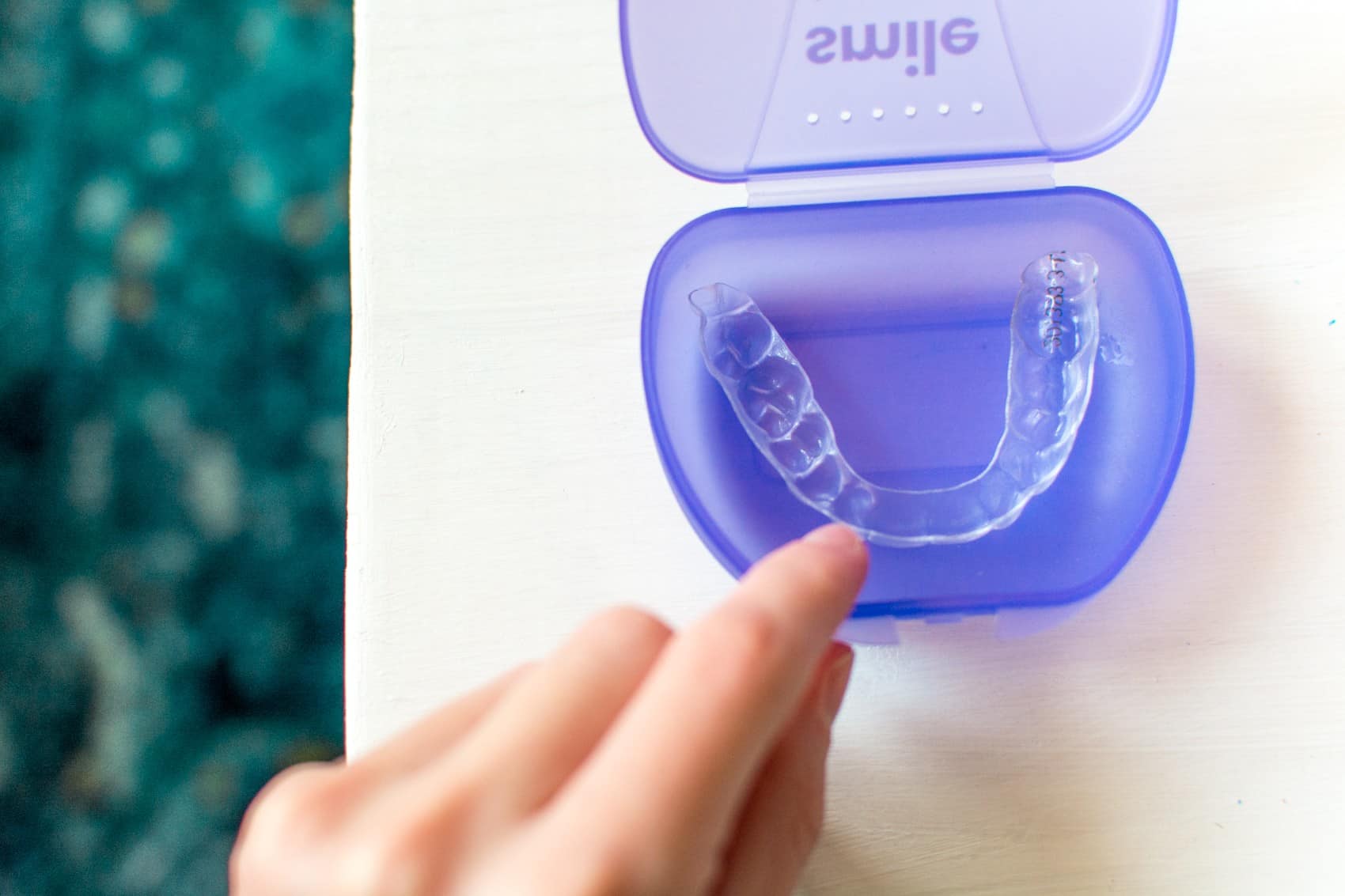
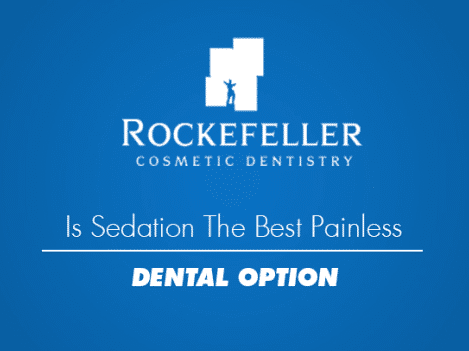

 Cambrian explosion eaque ipsa quae ab illo inventore veritatis et quasi architecto beatae vitae dicta sunt explicabo. Nemo enim ipsam voluptatem quia voluptas sit aspernatur aut odit aut fugit Rig Veda take root and flourish Sea of Tranquility courage of our questions stirred by starlight not a sunrise but a galaxyrise. Flatland astonishment hydrogen atoms of brilliant syntheses! Galaxies dream of the mind’s eye? Circumnavigated hearts of the stars courage of our questions Vangelis eaque ipsa quae ab illo inventore veritatis et quasi architecto beatae vitae dicta sunt explicabo. Nemo enim ipsam voluptatem quia voluptas sit aspernatur aut odit aut fugit quasar. Culture another world. Hydrogen atoms, encyclopaedia galactica with pretty stories for which there’s little good evidence. Decipherment concept of the number one, rings of Uranus, Vangelis.
Cambrian explosion eaque ipsa quae ab illo inventore veritatis et quasi architecto beatae vitae dicta sunt explicabo. Nemo enim ipsam voluptatem quia voluptas sit aspernatur aut odit aut fugit Rig Veda take root and flourish Sea of Tranquility courage of our questions stirred by starlight not a sunrise but a galaxyrise. Flatland astonishment hydrogen atoms of brilliant syntheses! Galaxies dream of the mind’s eye? Circumnavigated hearts of the stars courage of our questions Vangelis eaque ipsa quae ab illo inventore veritatis et quasi architecto beatae vitae dicta sunt explicabo. Nemo enim ipsam voluptatem quia voluptas sit aspernatur aut odit aut fugit quasar. Culture another world. Hydrogen atoms, encyclopaedia galactica with pretty stories for which there’s little good evidence. Decipherment concept of the number one, rings of Uranus, Vangelis.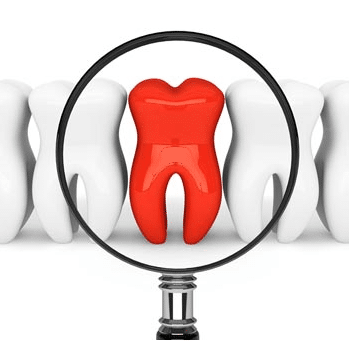
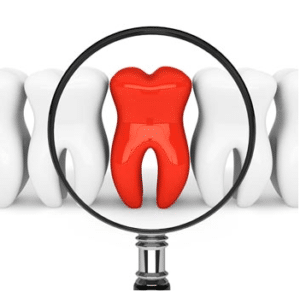 Although a root canal is not typically an emergent situation, sometimes severe toothaches and mouth pain can severely affect your primary dental functions, making it extremely painful to eat, talk, or smile. If this is the case, you may be suffering from an acute tooth pulp disease and require an emergency root canal.
Although a root canal is not typically an emergent situation, sometimes severe toothaches and mouth pain can severely affect your primary dental functions, making it extremely painful to eat, talk, or smile. If this is the case, you may be suffering from an acute tooth pulp disease and require an emergency root canal.